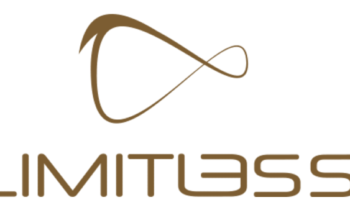
Robotization is progressively a reality in the workforce, and that implies robots working nearby people. Be that as it may, there’s an issue: robots are frequently lousy at foreseeing where people are going, driving them to either stop up or hazard impacts with their beefy partners. Fortunately, MIT scientists have built up a calculation that better predicts the ways of close-by people.
As opposed to just depend on the separation of focuses on an individual’s body, similar to basic frameworks, the new methodology adjusts sections of an individual’s direction to a gathering of reference developments. Also, it thinks about planning too – it knows you’re not going to change course in the event that you’ve quite recently begun moving.
Robots ought to be increasingly sure subsequently, yet not rash. In reproductions dependent on prior human movement information, robots were less inclined to freezing and would rapidly return to work after an individual strolled by.
There’s a ton to do before this calculation can achieve this present reality, yet there’s conspicuous utility here. Processing plant and distribution center robots could work intimately with people without backing off or gambling wounds. MIT included that it could likewise be utilized for different cooperations, for example, perceiving activities and motions. Basically, robots may show signs of improvement at understanding human conduct in general.
Disclaimer: The views, suggestions, and opinions expressed here are the sole responsibility of the experts. No Opinion Bulletin journalist was involved in the writing and production of this article.


